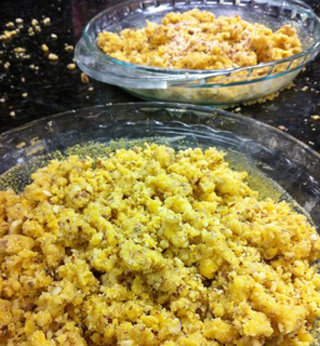
La sbrisolona, a big crumbly tart, is popular in the Italian city of Mantova. (Image courtesy of Graham Gordon Ramsay.) In this lesson, you will learn:
How to prepare:
|
Lesson 10
Course Info
Instructors
Departments
As Taught In
Spring
2012
Level
Learning Resource Types
theaters
Lecture Videos
assignment
Activity Assignments
Instructor Insights








